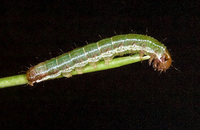
| Recorded by: Jim Petranka and Becky Elkin on 2021-05-26
Madison Co.
Comment: | 
| Recorded by: Jim Petranka and Becky Elkin on 2021-05-19
Madison Co.
Comment: |
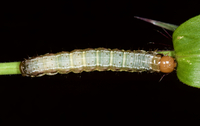
| Recorded by: Jim Petranka and Becky Elkin on 2021-05-19
Madison Co.
Comment: | 
| Recorded by: Jim Petranka and Becky Elkin on 2021-05-19
Madison Co.
Comment: A reared adult from a larva collected on 2021-05-26 (see companion photo). |
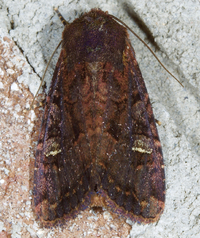
| Recorded by: Jim Petranka and Becky Elkin on 2019-07-05
Madison Co.
Comment: | 
| Recorded by: Jim Petranka and Becky Elkin on 2019-07-05
Madison Co.
Comment: |

| Recorded by: Jim Petranka and Becky Elkin on 2019-07-03
Madison Co.
Comment: | 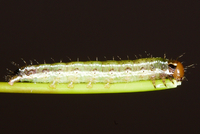
| Recorded by: Jim Petranka and Becky Elkin on 2019-05-16
Buncombe Co.
Comment: |

| Recorded by: Jim Petranka and Becky Elkin on 2019-05-16
Buncombe Co.
Comment: | 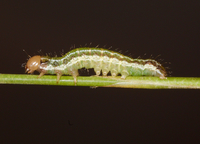
| Recorded by: Jim Petranka and Becky Elkin on 2019-05-16
Madison Co.
Comment: A mid-stage larva (see companion photo of the adult that was reared from this specimen). |

| Recorded by: Jim Petranka and Becky Elkin on 2019-05-16
Madison Co.
Comment: | 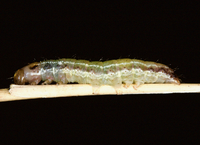
| Recorded by: Jim Petranka and Becky Elkin on 2019-05-16
Madison Co.
Comment: |

| Recorded by: Jim Petranka and Becky Elkin on 2019-05-16
Madison Co.
Comment: Early instars are greenish, but the final instar is pale yellowish brown and has a different pattern. | 
| Recorded by: Jim Petranka and Becky Elkin on 2019-05-16
Madison Co.
Comment: |

| Recorded by: Jim Petranka and Becky Elkin on 2019-05-16
Madison Co.
Comment: This adult is from a caterpillar that was collected on 2019-05-16 and raised in captivity. Pupation occurred on 2019-06-10 and eclosion on 2019-06-28. See companion photo of caterpillar). | 
| Recorded by: Jim Petranka and Becky Elkin on 2019-05-09
Buncombe Co.
Comment: |
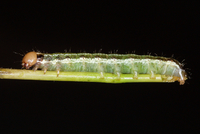
| Recorded by: Jim Petranka and Becky Elkin on 2019-05-09
Buncombe Co.
Comment: This specimen was collected from Arundinaria gigantea that was growing along the French Broad River and was identified by Eric Quinter. The specimen was raised on Arundinaria and the adult eclosed on 15 June, 2019 (see companion photos of the adult that eclosed on 15 June, 2019). | 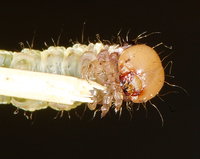
| Recorded by: Jim Petranka and Becky Elkin on 2019-05-09
Buncombe Co.
Comment: |
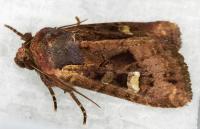
| Recorded by: Jim Petranka and Becky Elkin on 2019-05-09
Buncombe Co.
Comment: Photo of a captive adult that eclosed on 15 June, 2019. | 
| Recorded by: Jim Petranka and Becky Elkin on 2019-05-09
Buncombe Co.
Comment: Photo of a captive adult that eclosed on 15 June, 2019. |
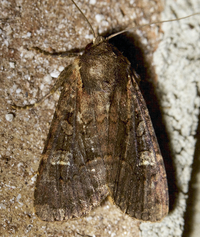
| Recorded by: Jim Petranka and Becky Elkin on 2018-07-23
Madison Co.
Comment: | 
| Recorded by: Jim Petranka and Becky Elkin on 2018-07-11
Madison Co.
Comment: Collected and identity confirmed by dissection. |

| Recorded by: Jim Petranka and Becky Elkin on 2018-07-06
Madison Co.
Comment: |

 »
»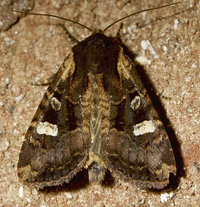




 »
»


